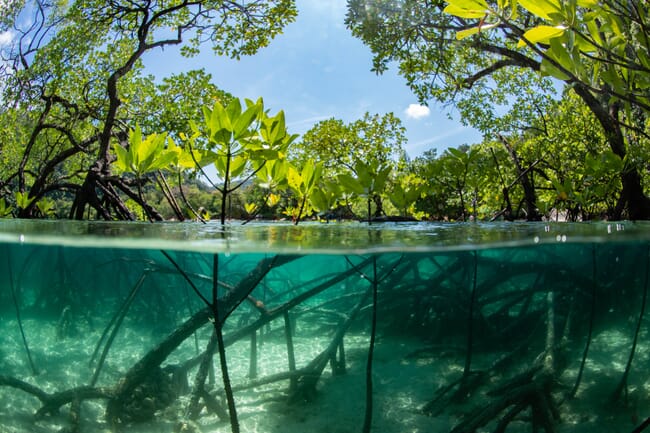
The Blue Carbon Challenge, an initiative from Friends of Ocean Action, UpLink and the Mangroves Working Group, has identified 12 projects that harness the potential of blue carbon to support ecosystem conservation, restoration and coastal management. The 12 organisations will receive technical support and valuable connections to scale their interventions – and bring strong blue carbon credits to the market.
Blue carbon – carbon stored in aquatic ecosystems like mangrove forests and seagrass beds, has the potential to store five times as much carbon per square foot as terrestrial ecosystems. But to date, blue carbon markets and projects have been underdeveloped and underfunded. Investors need to expand the supply of high-quality blue carbon credits to make the most of this climate mitigation strategy.
With this in mind, the Blue Carbon Challenge sought projects that could advance the conservation and restoration of coastal and aquatic ecosystems for the carbon market, as well as solutions that support and build trust and transparency in these projects.
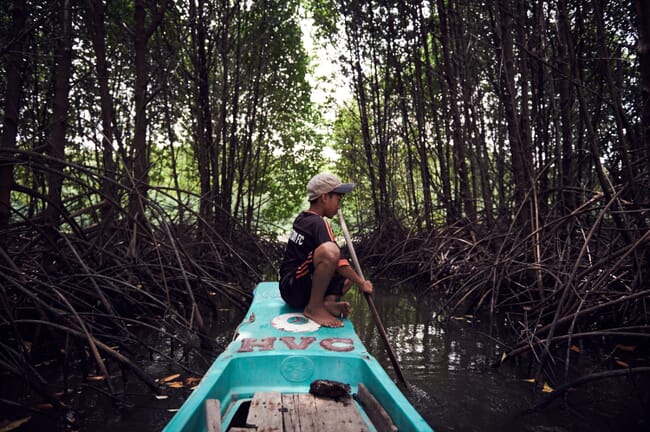
The Blue Carbon Challenge's top 12 innovators
1 Mikoko Pamoja CBO
Mikoko Pamoja is a mangrove restoration project that is providing biodiversity, socioeconomic empowerment and climate mitigation services for communities in Kenya. The project sequesters 2,500 tonnes of CO2 equivalent each year and generates an income of approximately $30,000. The revenue is reinvested in the local community to improve access to water, sanitation and education, as well as further environmental conservation.
2 Blue Ventures
Blue Ventures is working with coastal communities to develop the Google Earth Engine Mangrove Mapping Methodology (GEM). GEM is an accessible, cloud-based tool that supports rapid monitoring of mangrove cover and historical land use change. Blue Ventures hopes that GEM’s simple interface will help mangrove blue carbon initiatives get off the ground.
3 Friendship Bangladesh
Friendship Bangladesh is led by Runa Khan, a social innovator with Schwab. Khan is developing a mangrove plantation and livelihood diversification initiative to help protect climate-vulnerable communities in Bangladesh. The group’s work has already yielded a 63 percent increase in incomes and created 75 women-led mangrove forest protection groups.
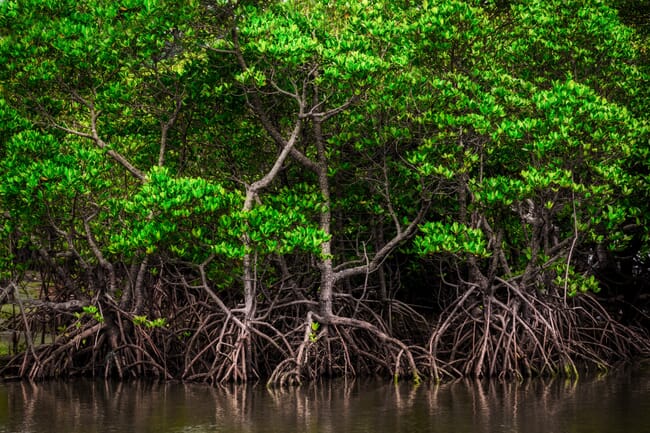
4 Distributed Additive Manufacturing (DAM) and Worldview Impact Foundation
This partnership aims to deploy a “factory in a shipping container” in Gambia, enabling the conversion of ocean-bound plastic waste into reusable and fully recyclable seedling incubators to increase the survival rate of mangrove plantings.
5 The Nature Conservancy (TNC) in Latin America
TNC is hosting two blue conservation programmes in Belize and Mexico. In Belize, the group is piloting Blue Carbon Resilience Credits (BCRC) that will attract buyers willing to offset carbon emissions with third party-verified metrics of carbon and flood reduction benefits. The Belize project will piggyback off of TNC’s experience in Mexico and incorporate restoration projects into its policy.
6 Reforest’Action together with Yagasu
This partnership is using Reforest’Action’s “crowdplanting” digital platform to connect several villages as they restore degraded mangrove forests in Sumatra. Since 2017, the group has helped 770,000 new mangrove seedlings take root. They’re aiming to plant 1 million more by the end of 2023.
7 Kelp Forest Foundation
The Kelp Forest Foundation wants to prove that kelp can provide ecosystem and carbon sink services. They are supporting emerging independent research that quantifies the carbon sequestration and biodiversity-building potential of giant kelp.
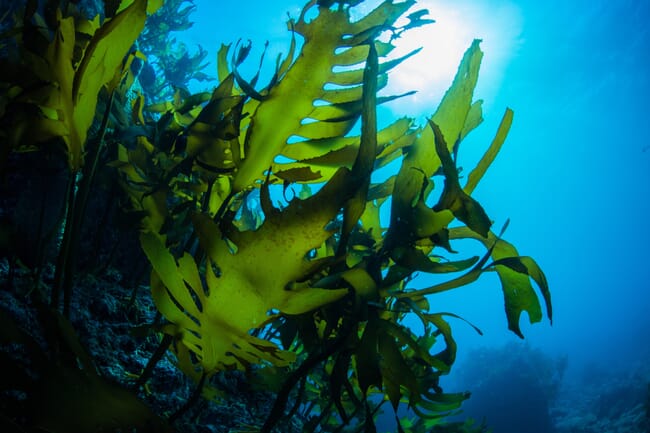
8 Distant Imagery Solutions
Distant Imagery Solutions creates drones from simple and scalable 3D-printed components and pairs them with precision planting to help restore mangroves. Their drones can drop 2,000 germinated seeds, or 500 seedballs, in 10 minutes.
9 Silvestrum Climate Associates
Silvestrum has partnered with Verra and other partners to develop the Seascape Carbon Initiative (SCI). The SCI’s goal is to unlock the potential for coastal and marine activities that could generate significant and verifiable climate values. The group is investing in ocean carbon drawdown by expanding seascapes and ecosystems that include wild and farmed seaweeds, marine protected areas and seabed restoration.
10 The Ocean Foundation
The Ocean Foundation has partnered with the Mexican Commission for Protected Areas (CONANP) and multiple Mexican universities to build coastal resilience in Xcalak Reefs National Park. Their project’s goal is to enhance coastal resilience through seascape restoration – including dunes, seagrasses, mangroves and corals. As a long-term objective, the group wants to sell blue carbon credits to generate resilient income streams for the local indigenous community.
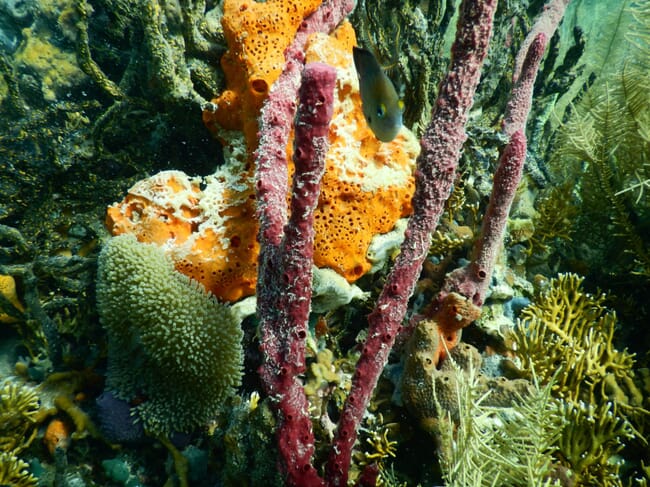
11 Yayasan IKAMaT
Yasan IKAMat developed Mangrove Tag, an online mangrove mapping platform. Mangrove tag facilitates monitoring patrols and in-field reporting on the condition of mangrove ecosystems with community participation. It also collects metadata on species, damage, planting and tourism.
12 Solon Capital Partners
Solon established the Africa Conservation Initiative (ACI) to help conserve an restore the Sherbo River Estuary (SRE) in Sierra Leone The project promotes conservation by selling carbon credits and developing alternative livelihoods for local communities. The ACI is using its deep ties with indigenous communities to achieve its dual aims of conversation and development.




